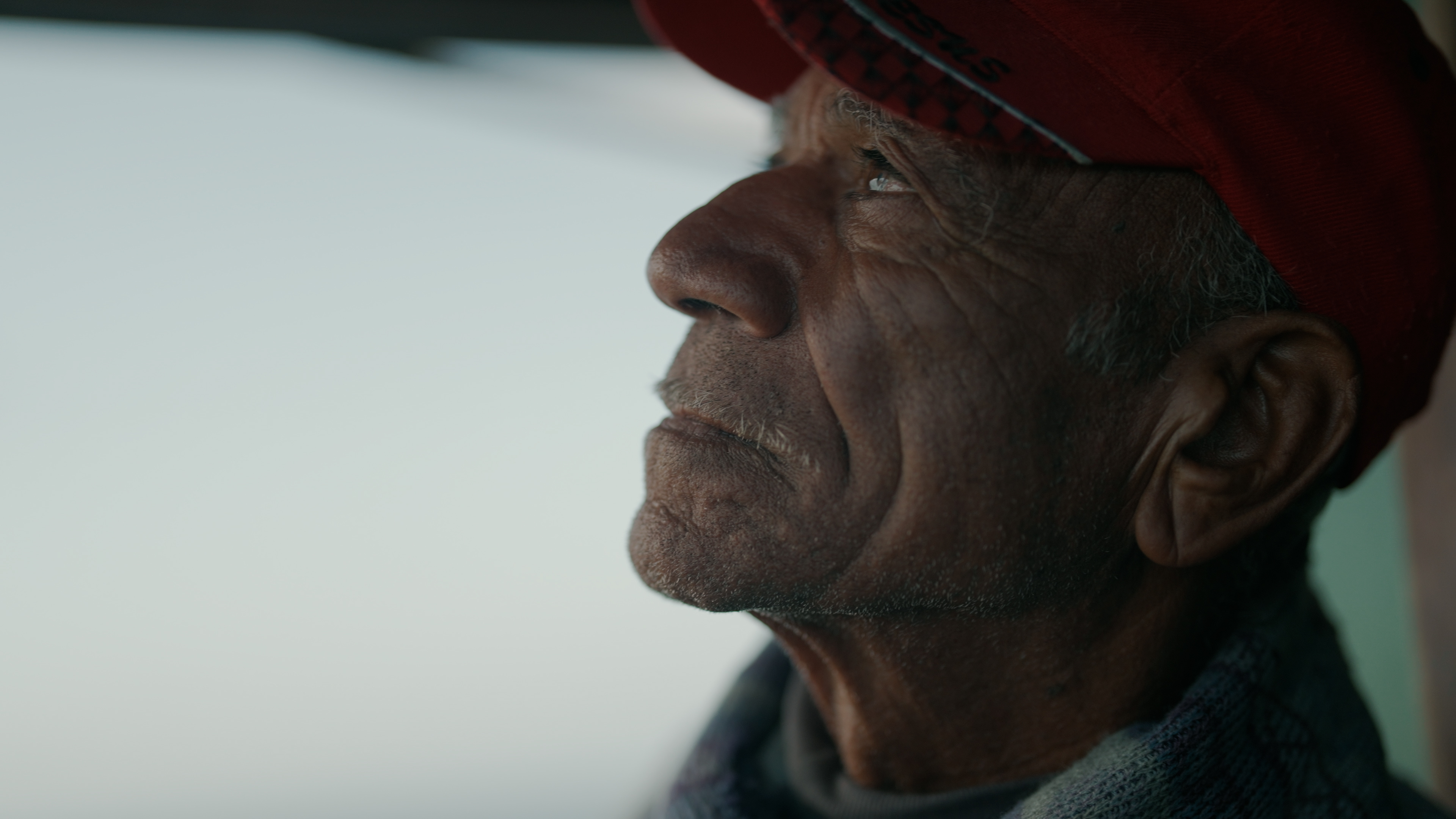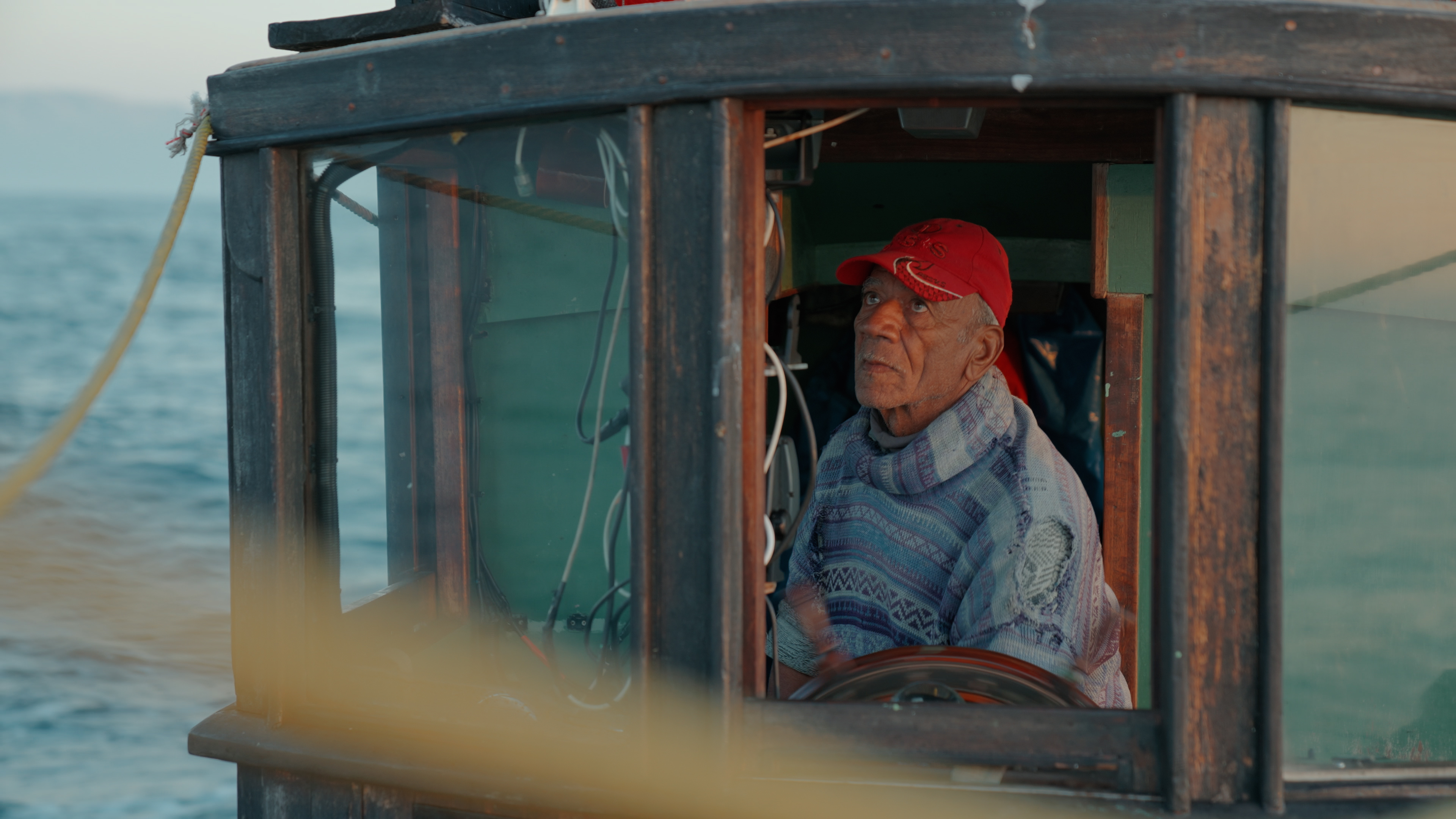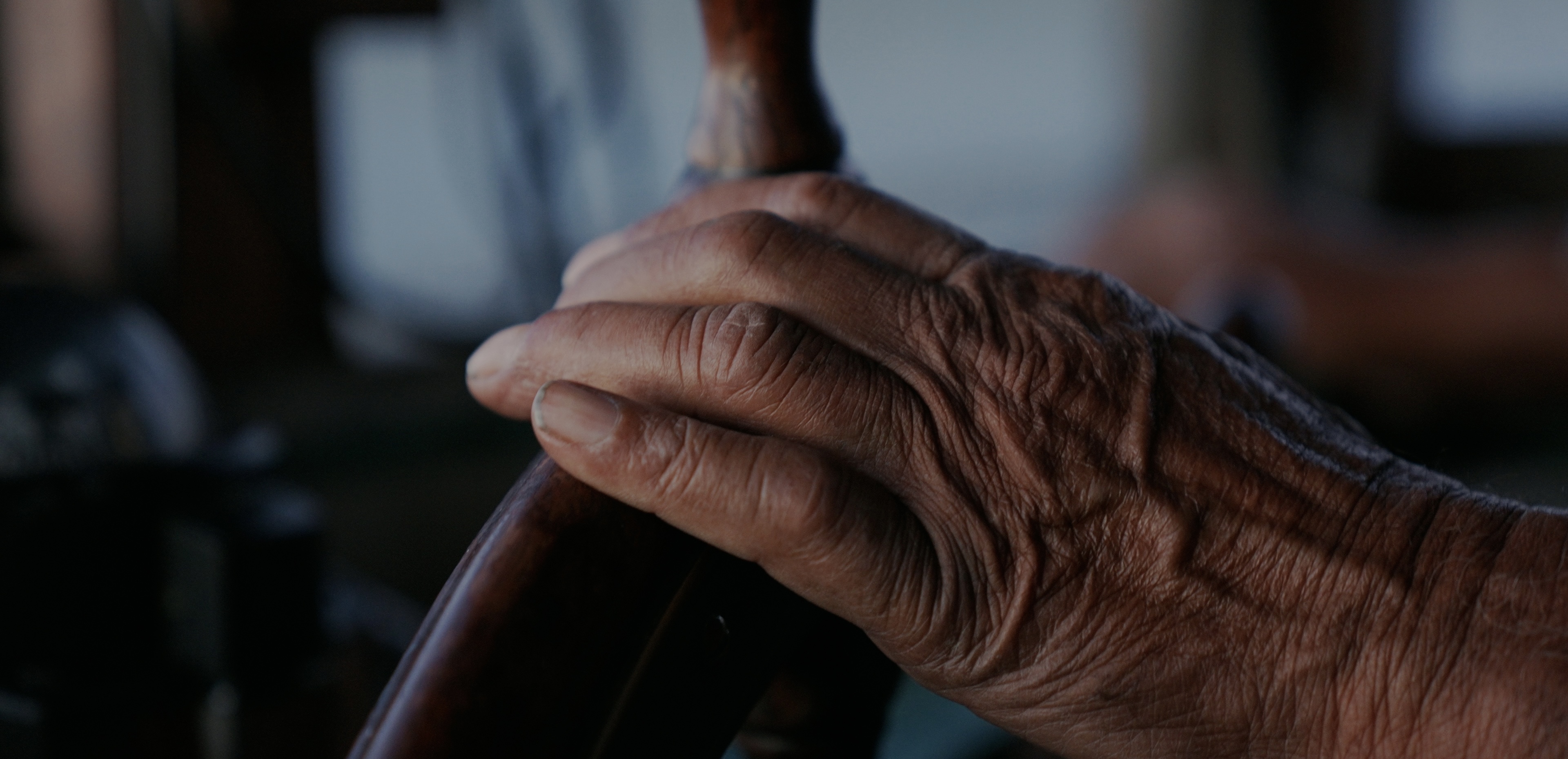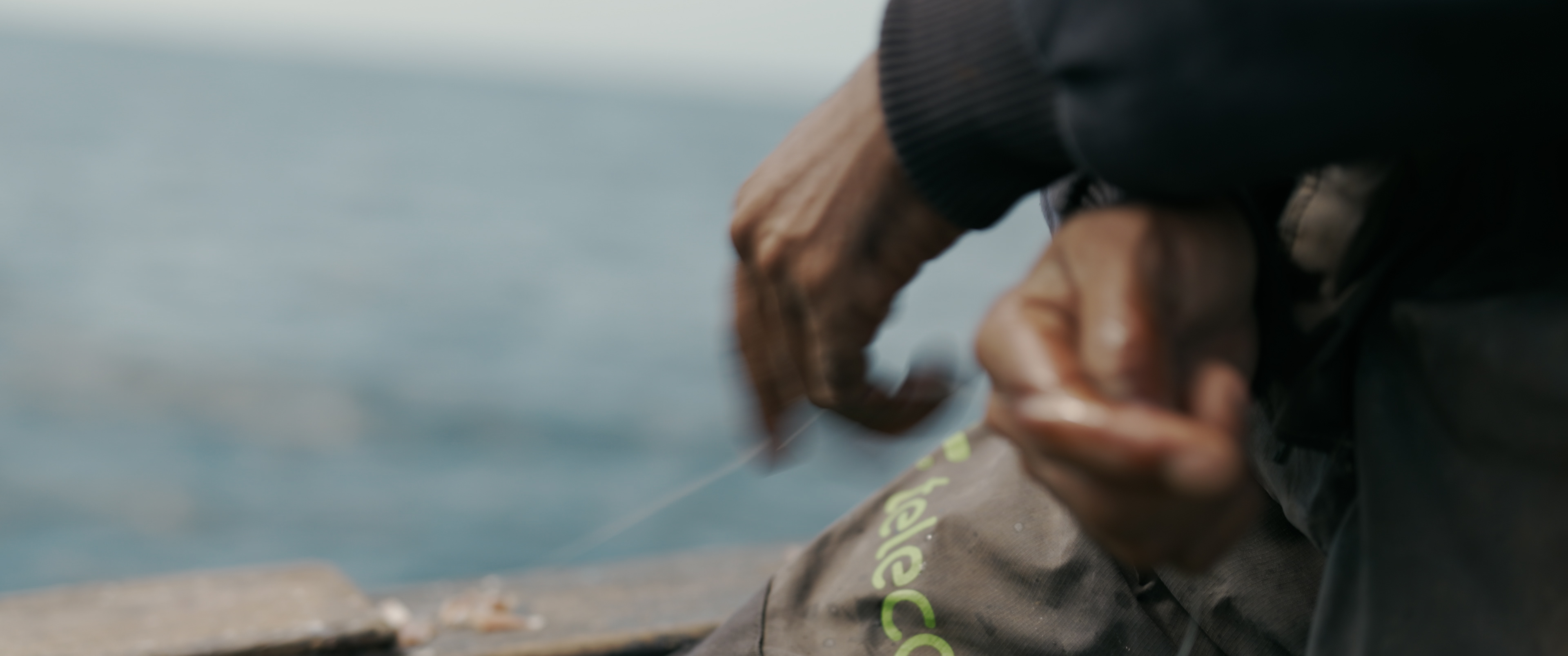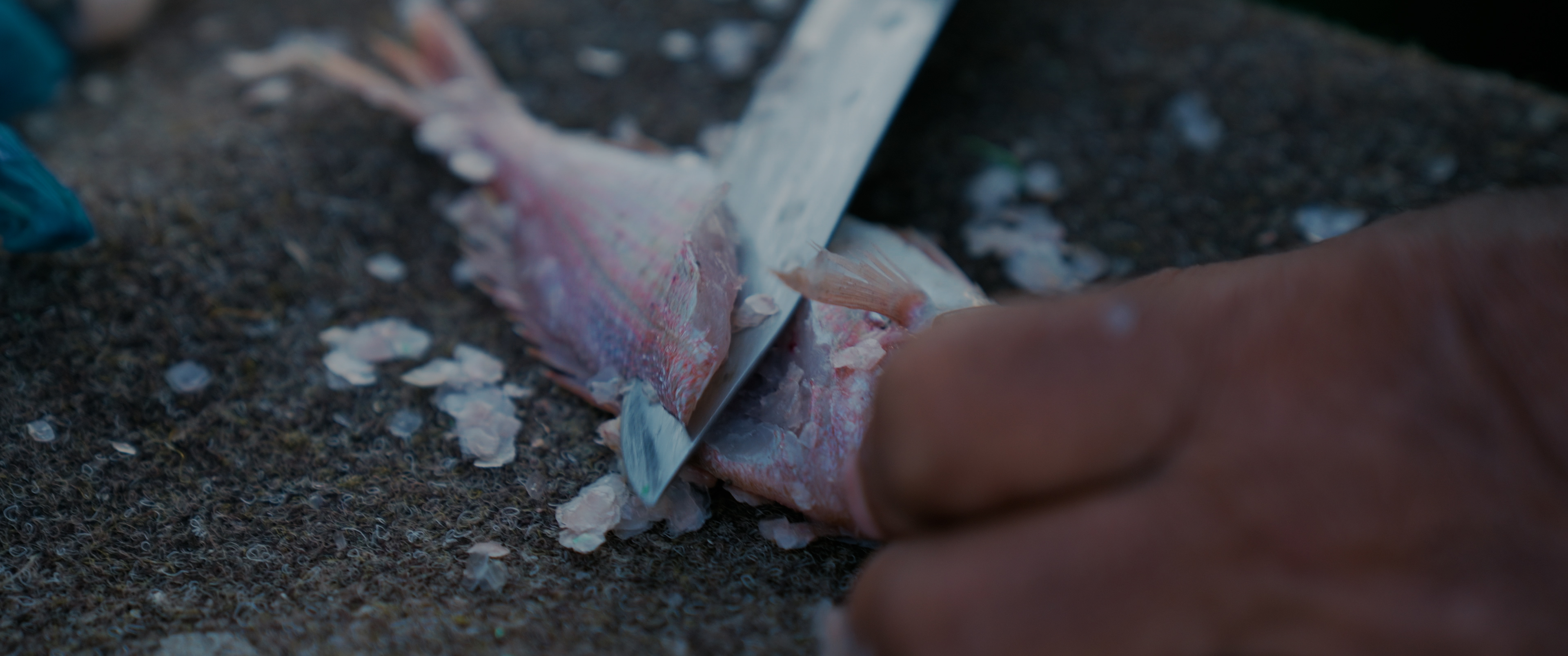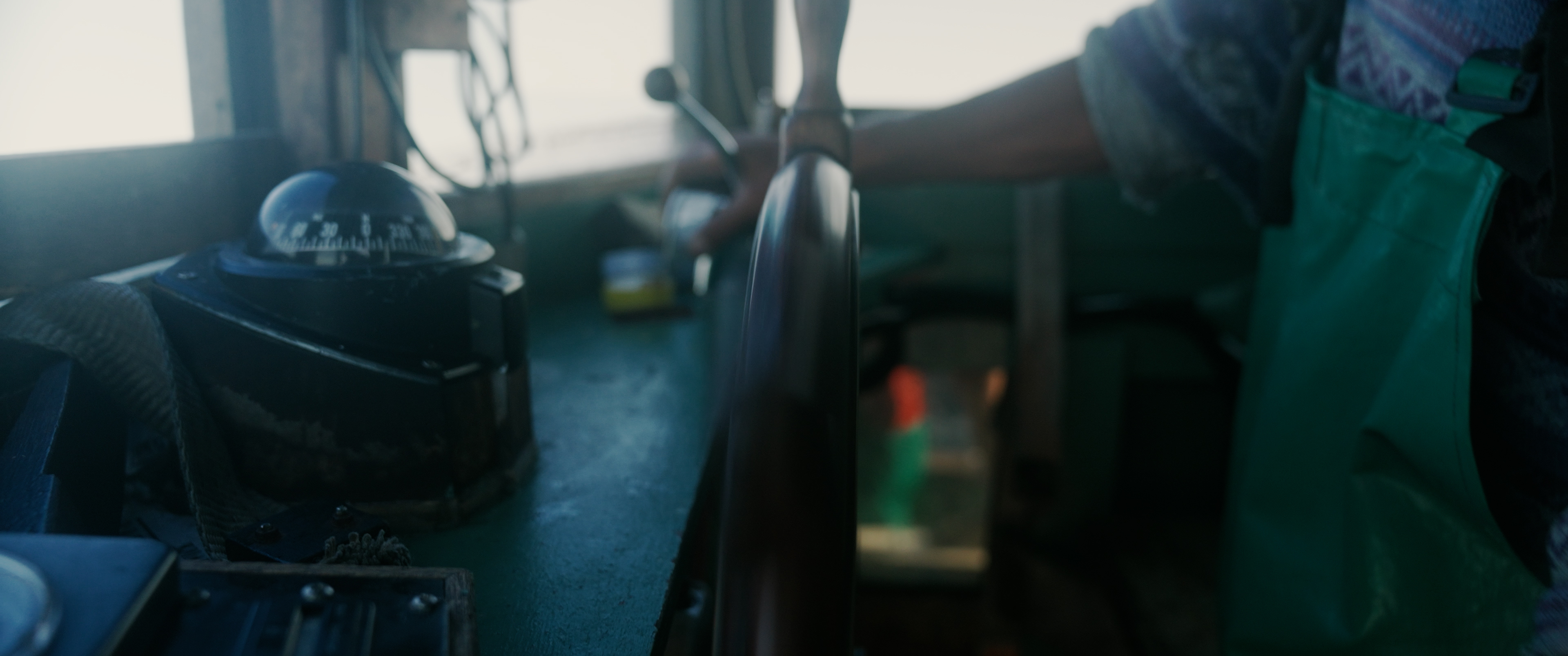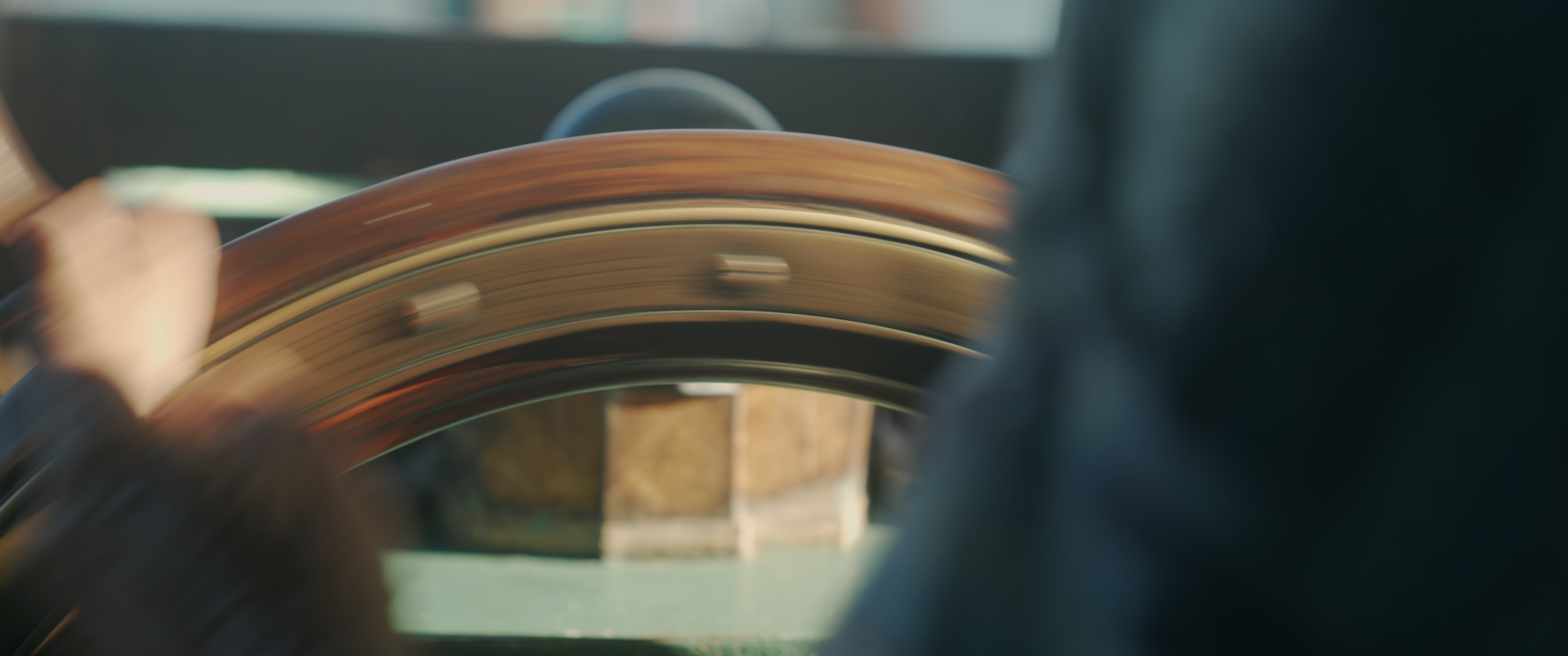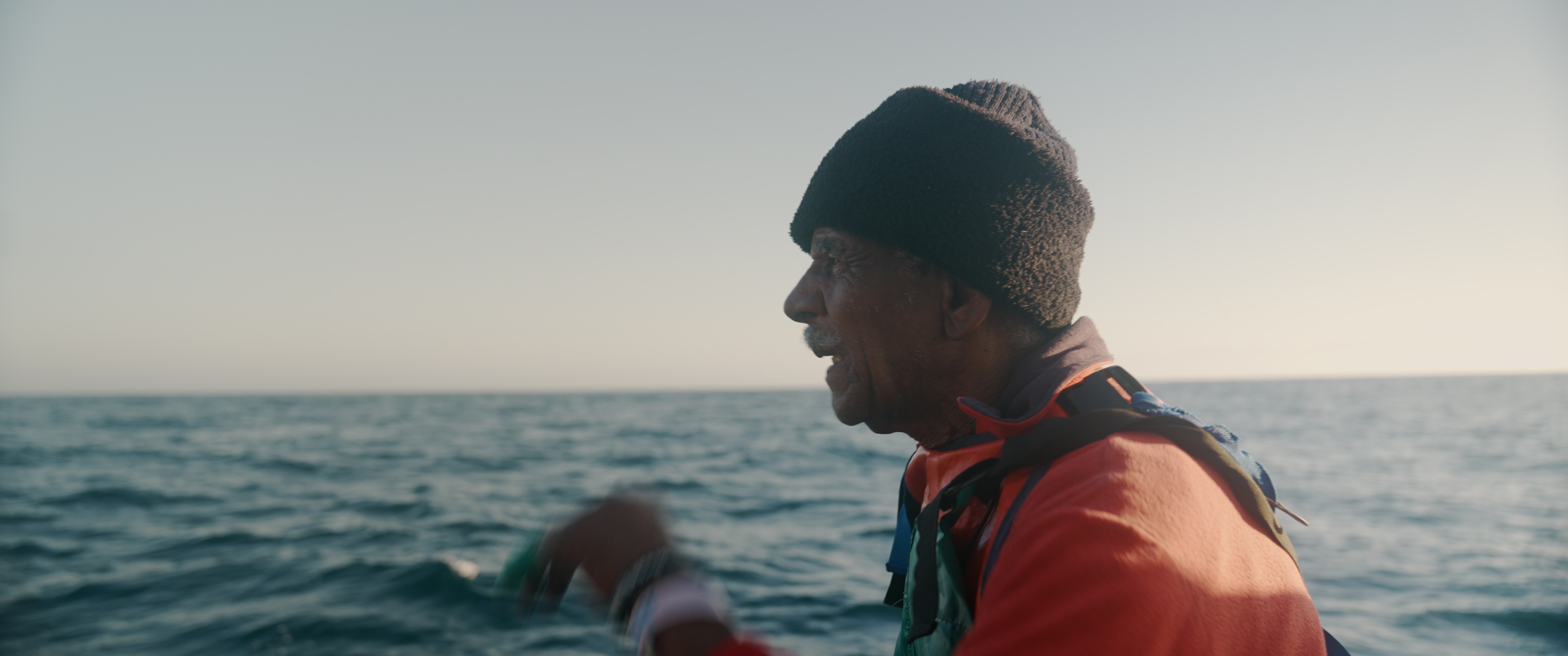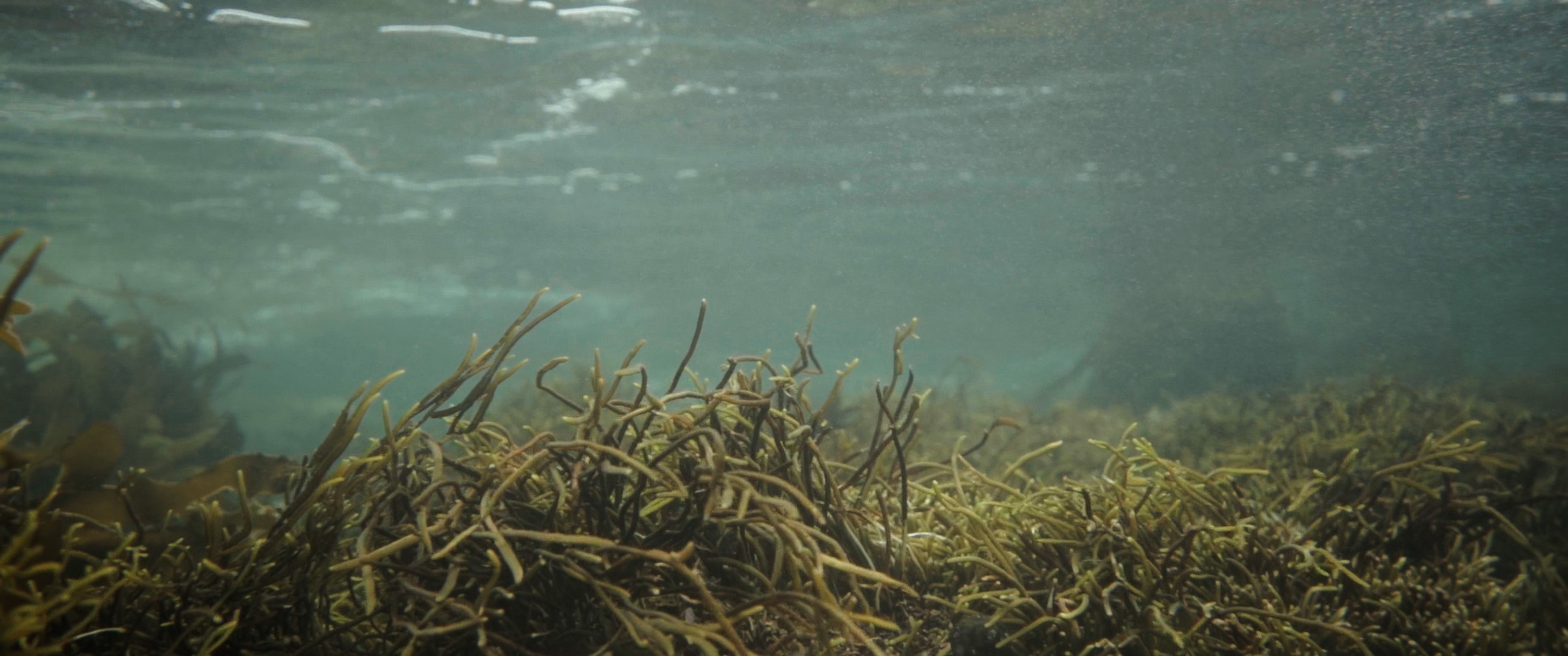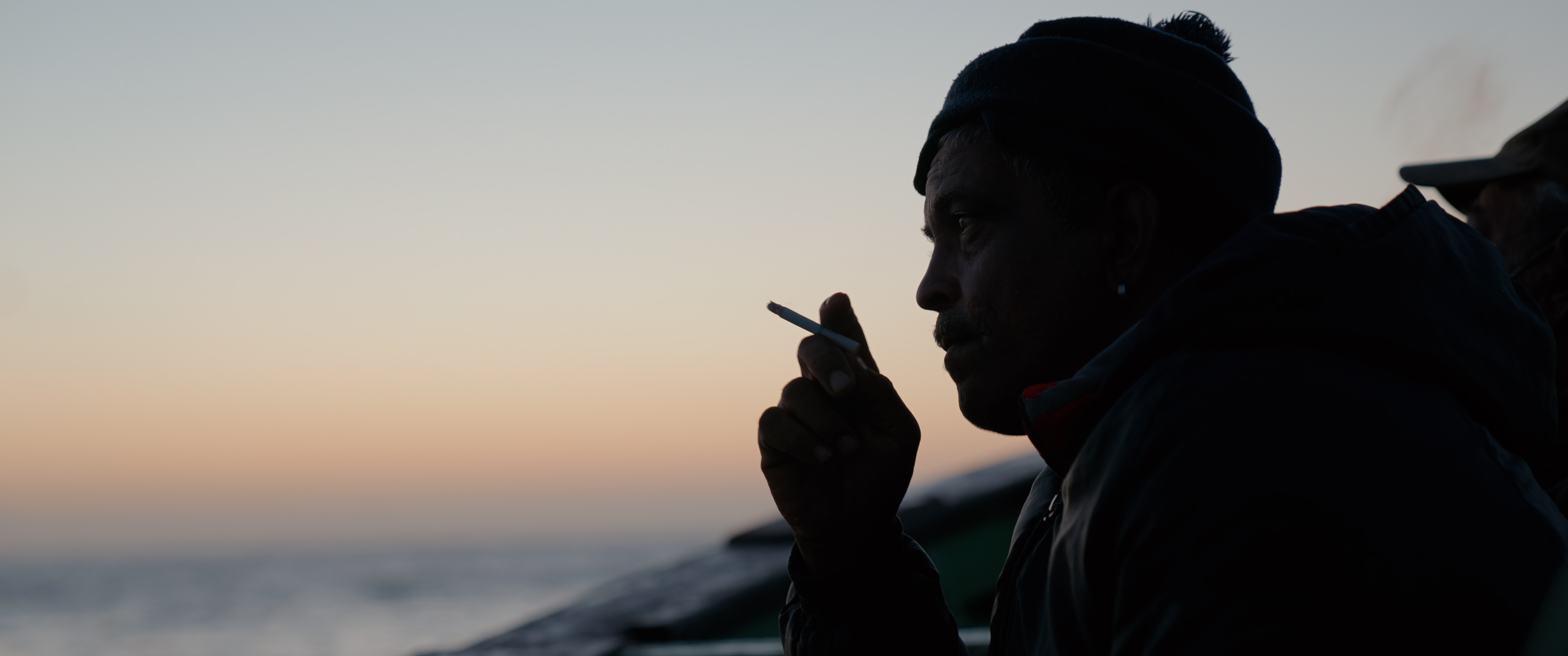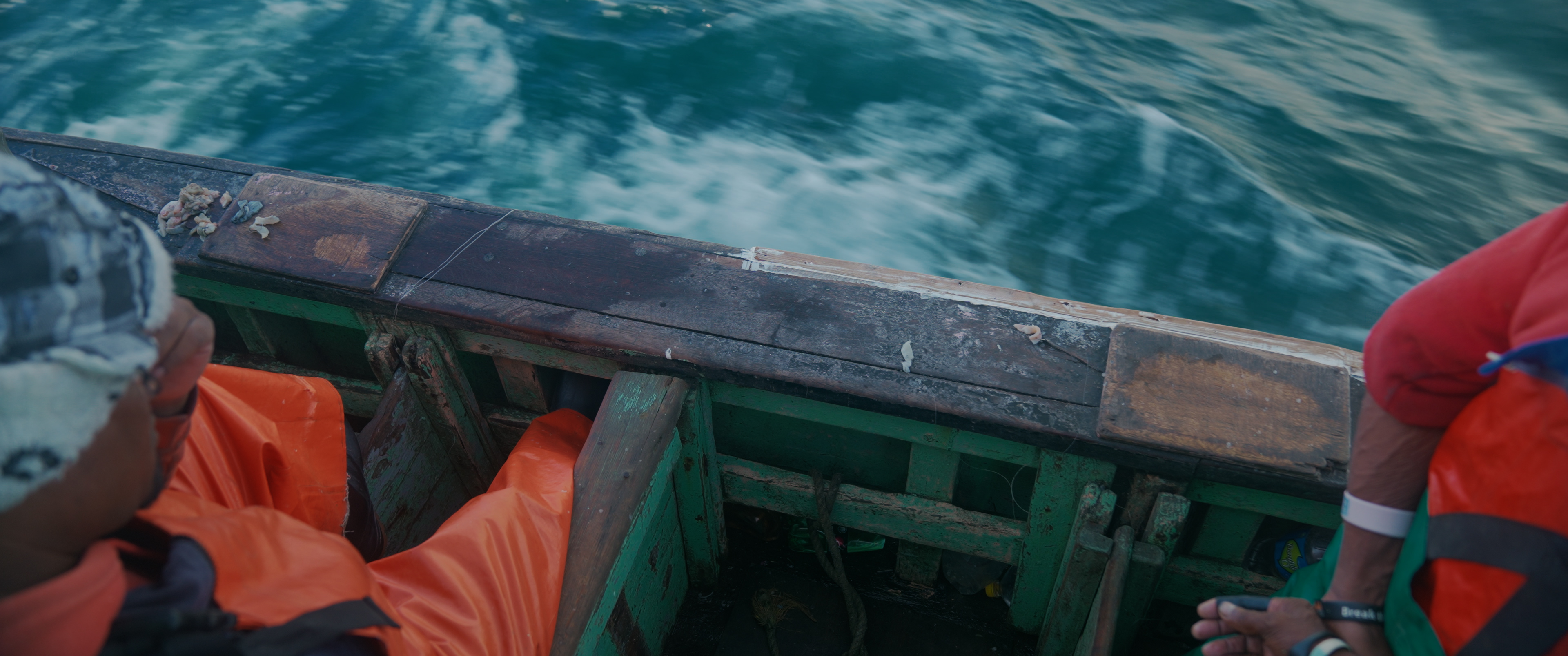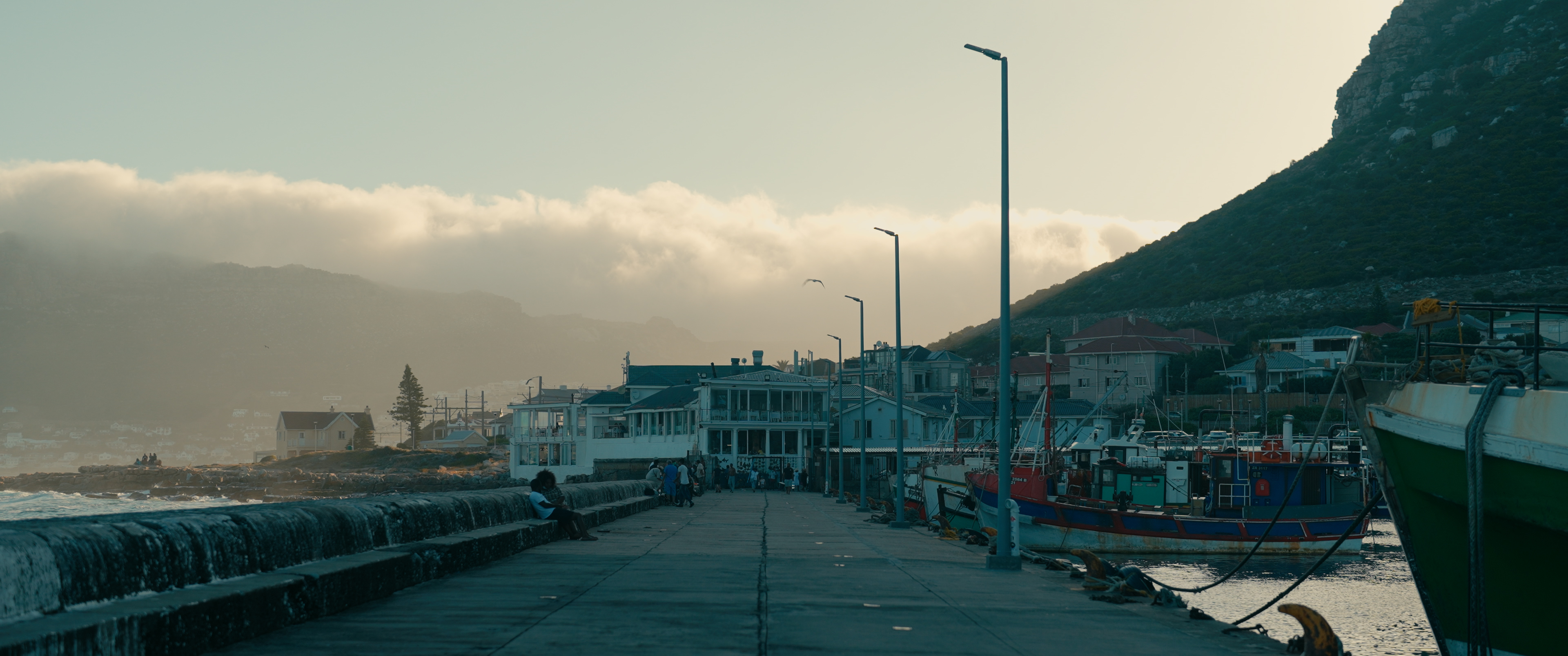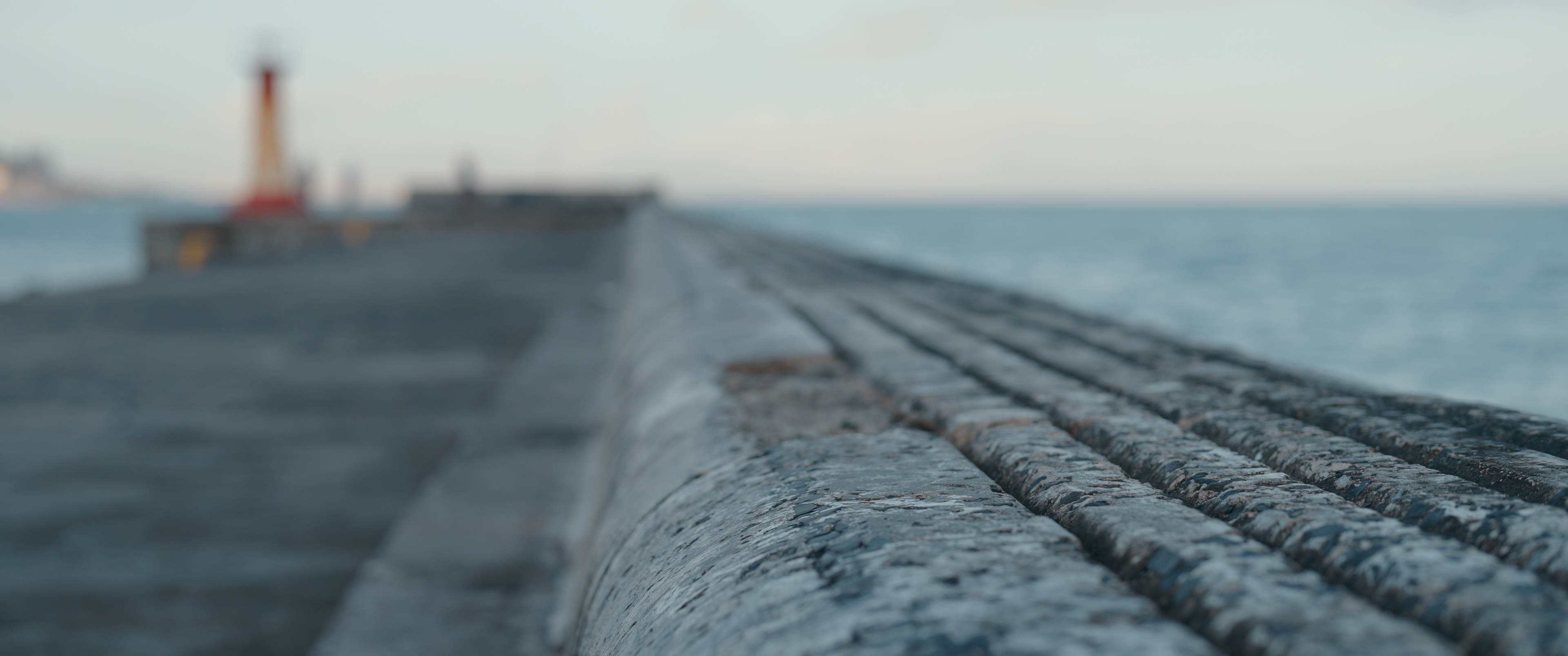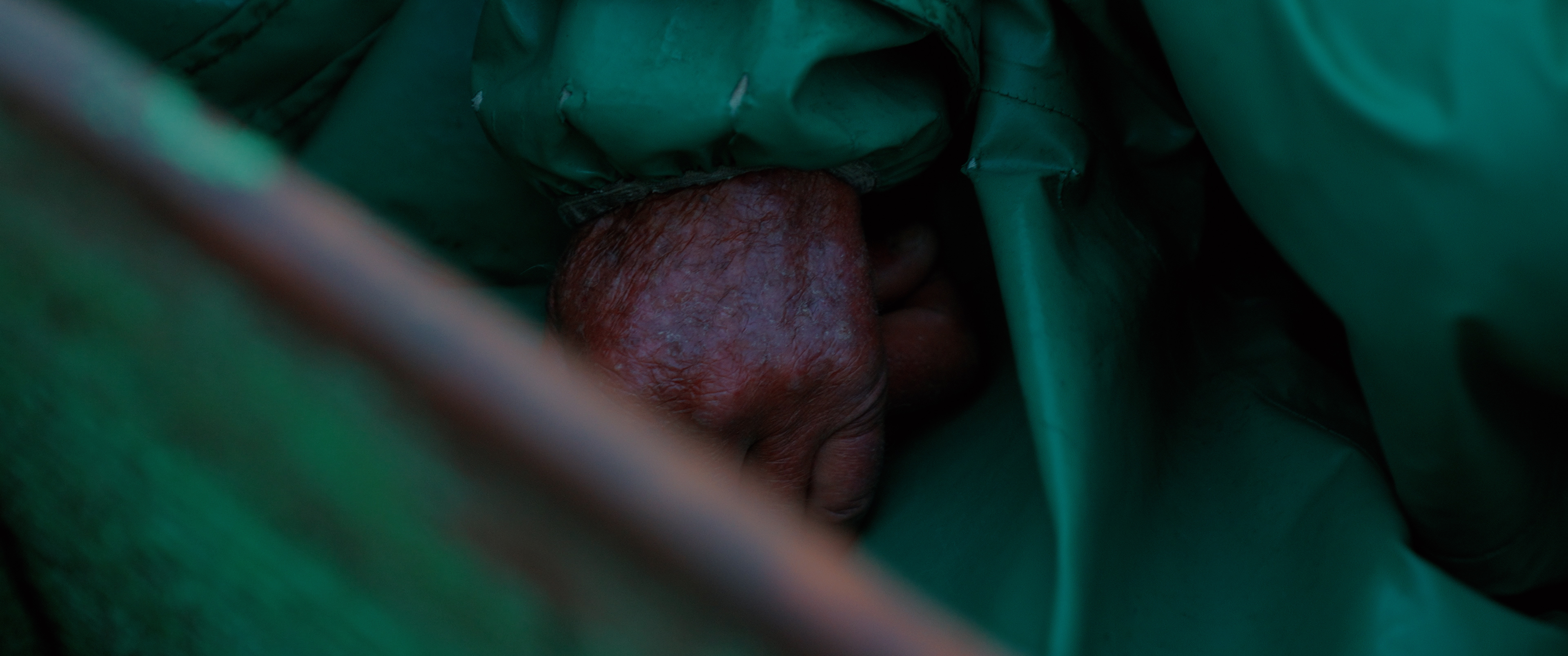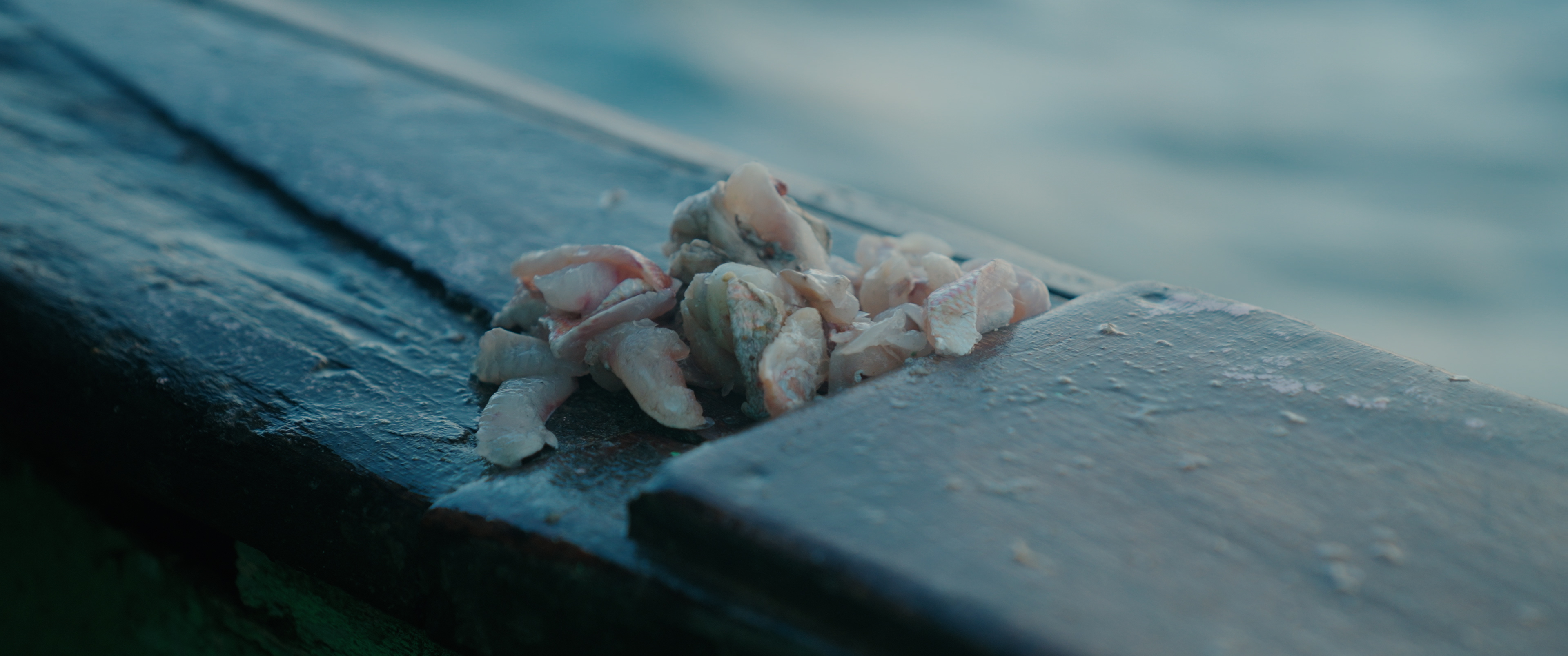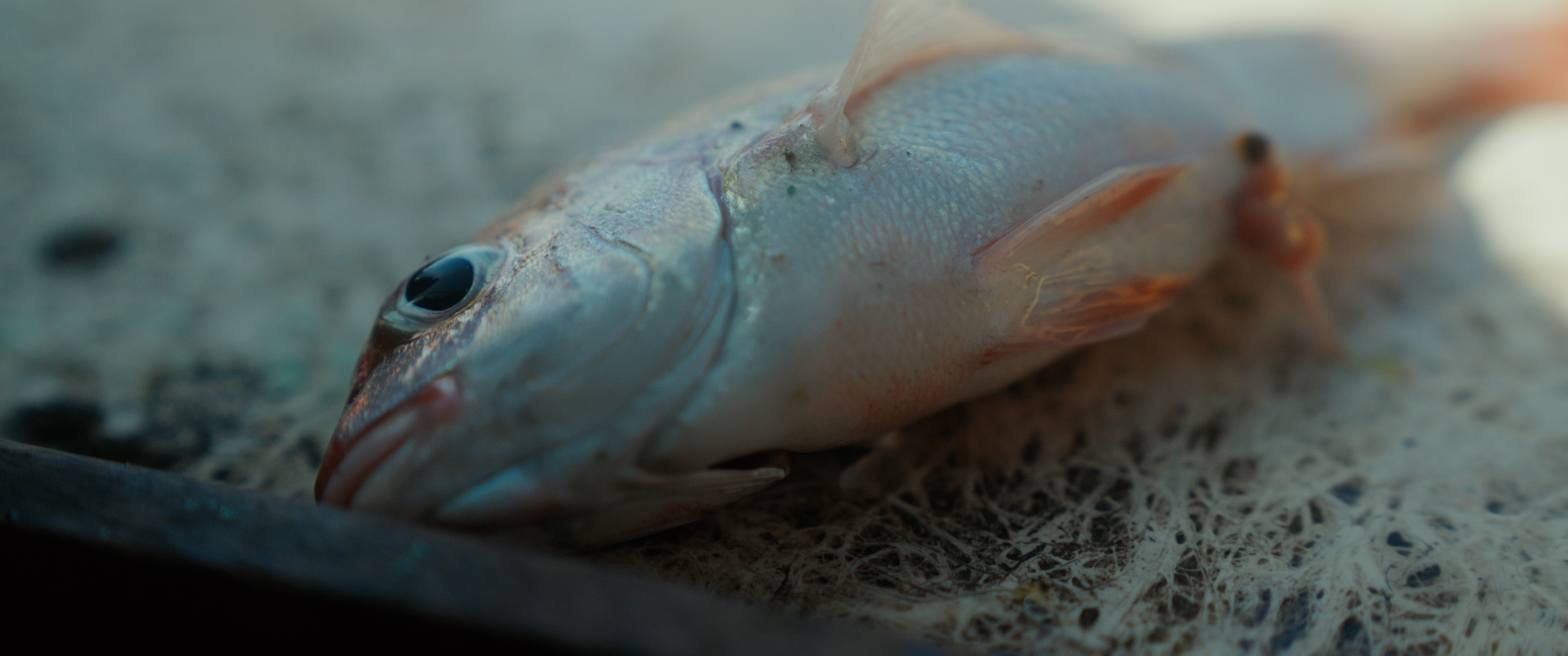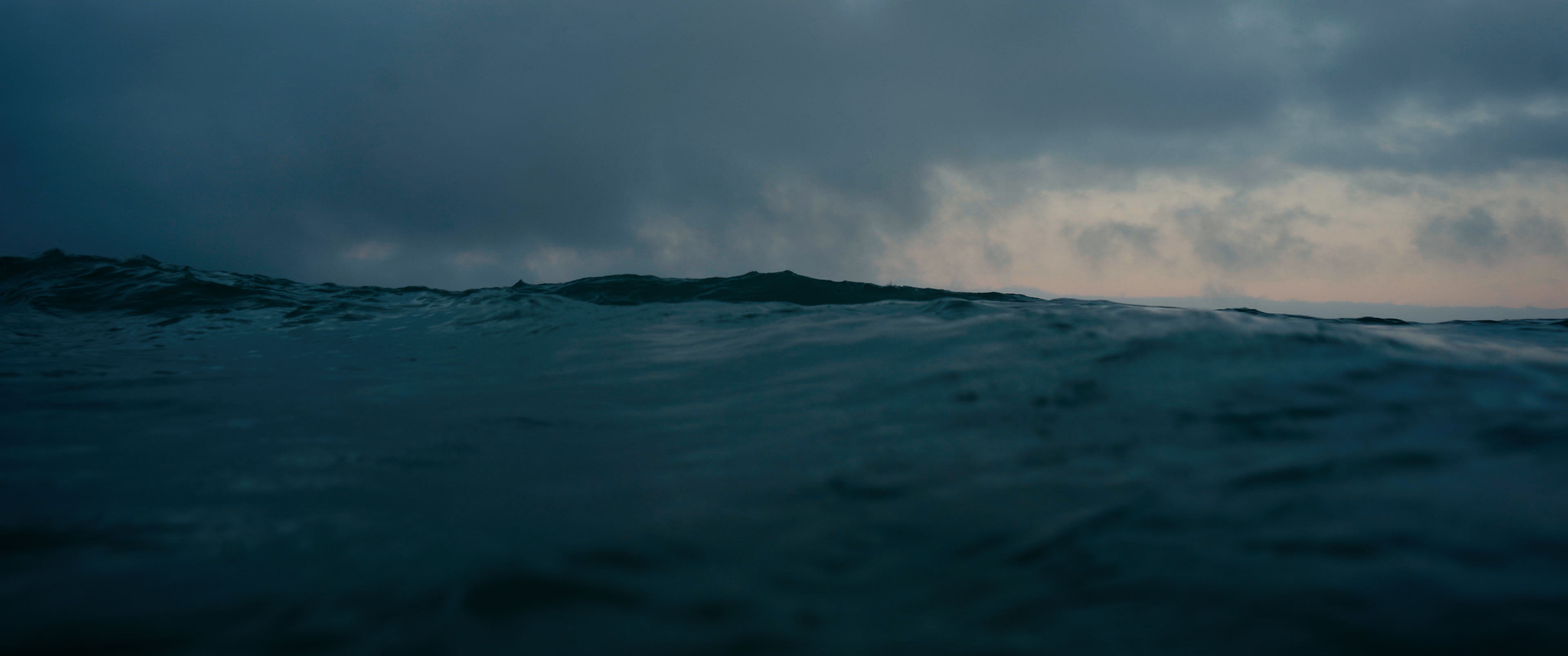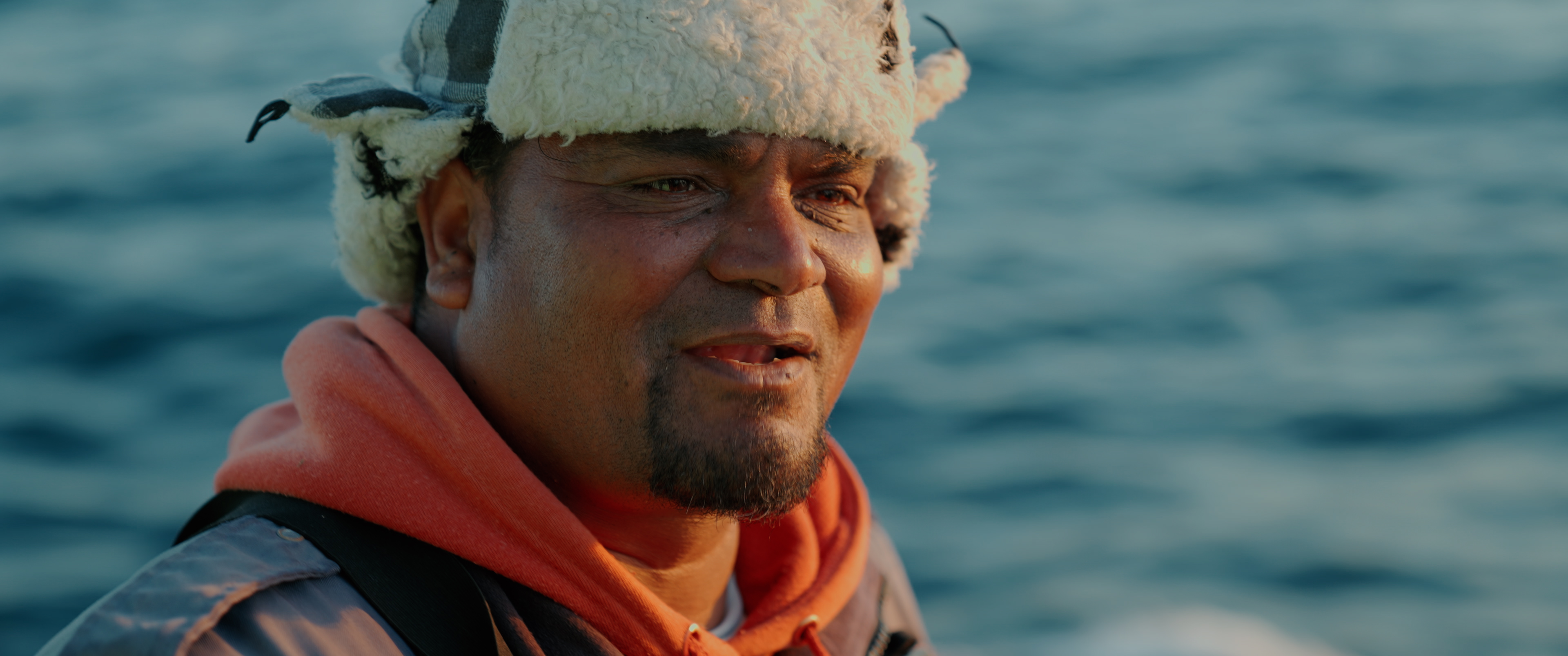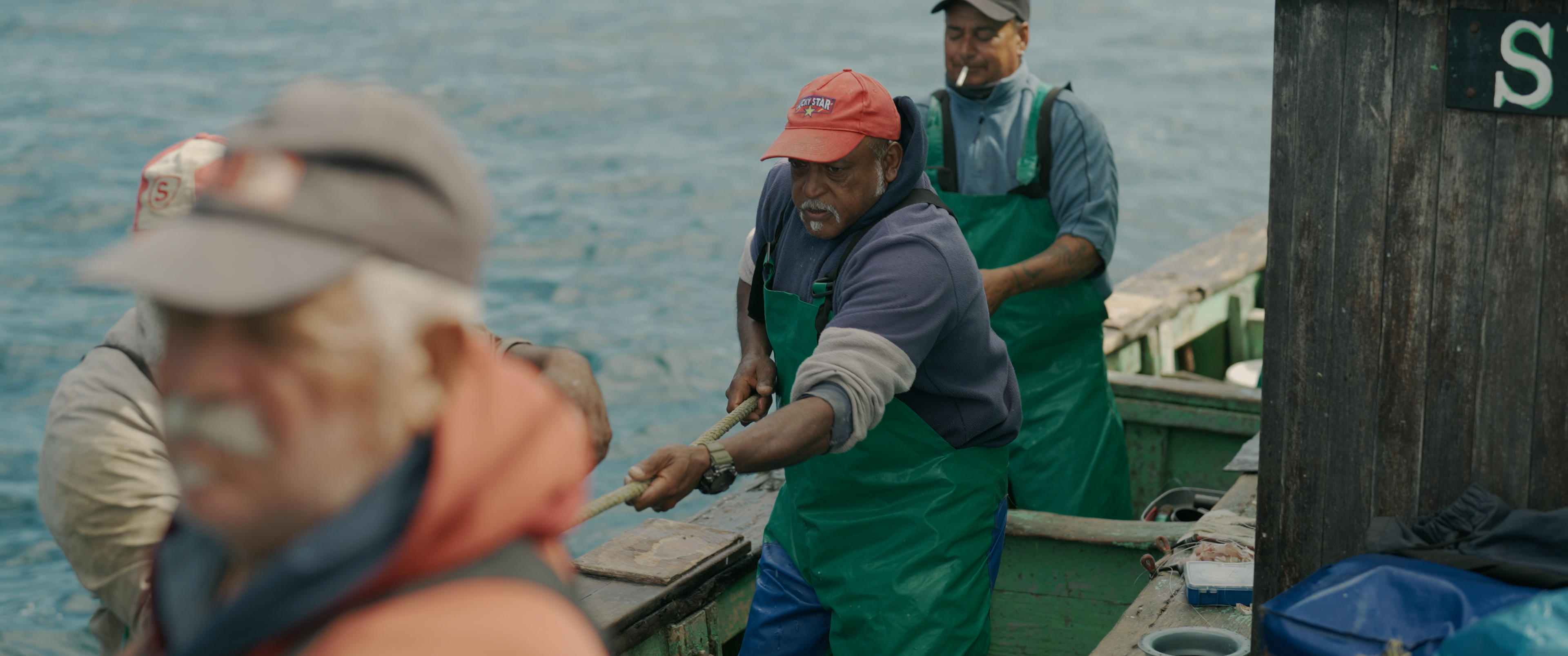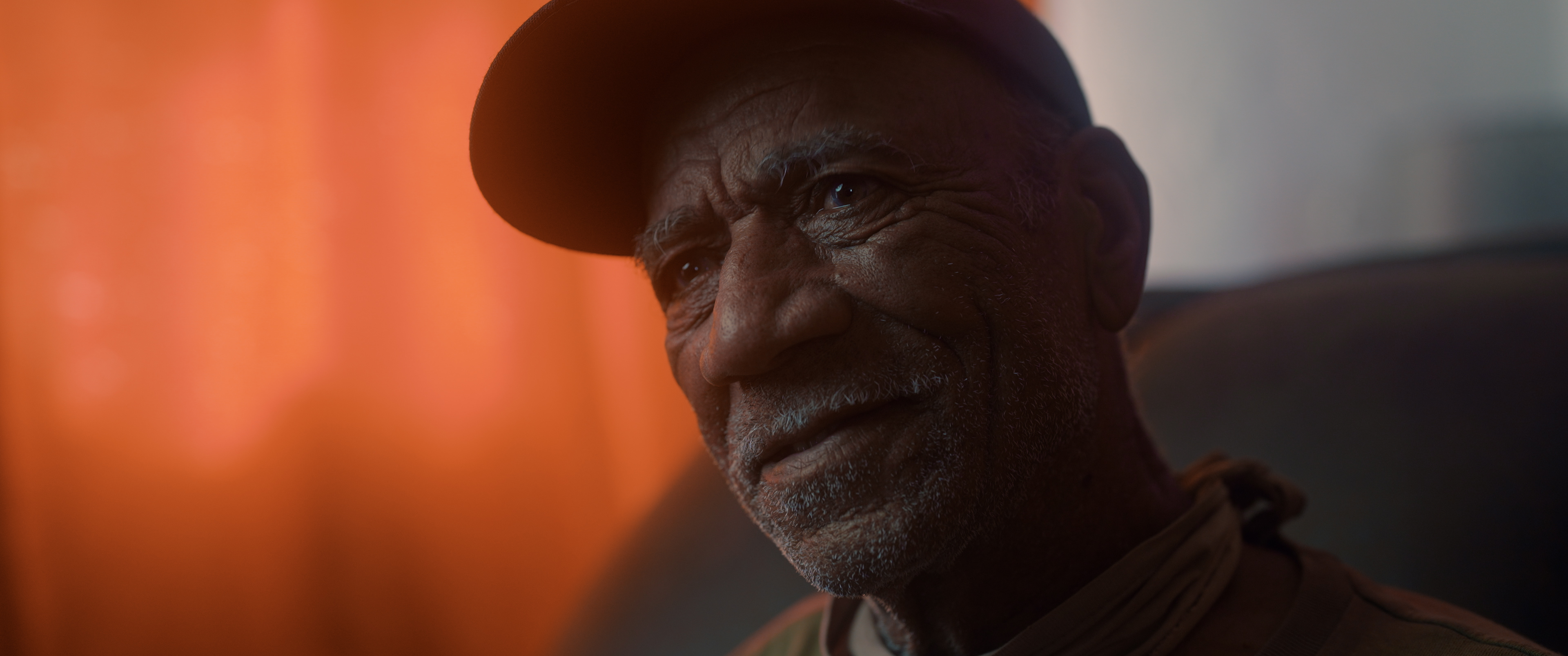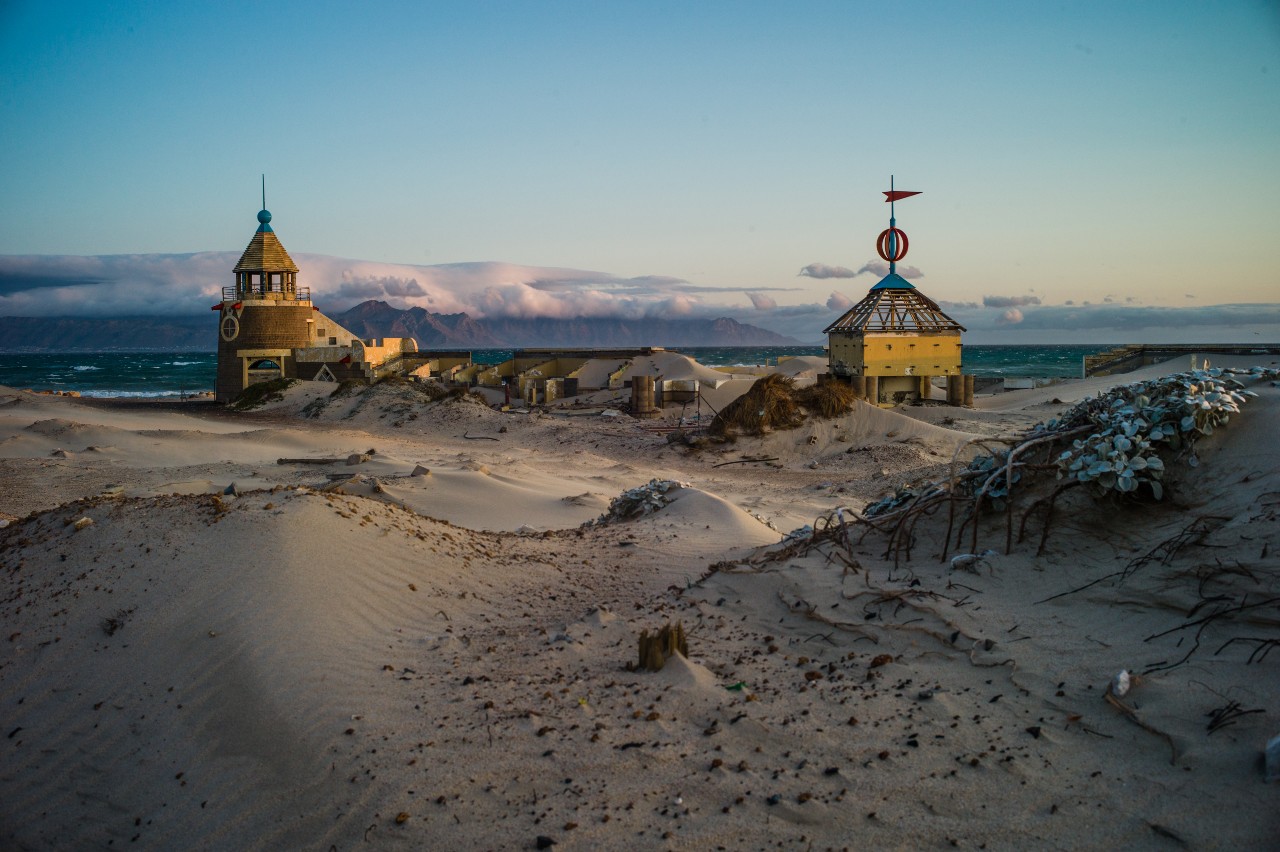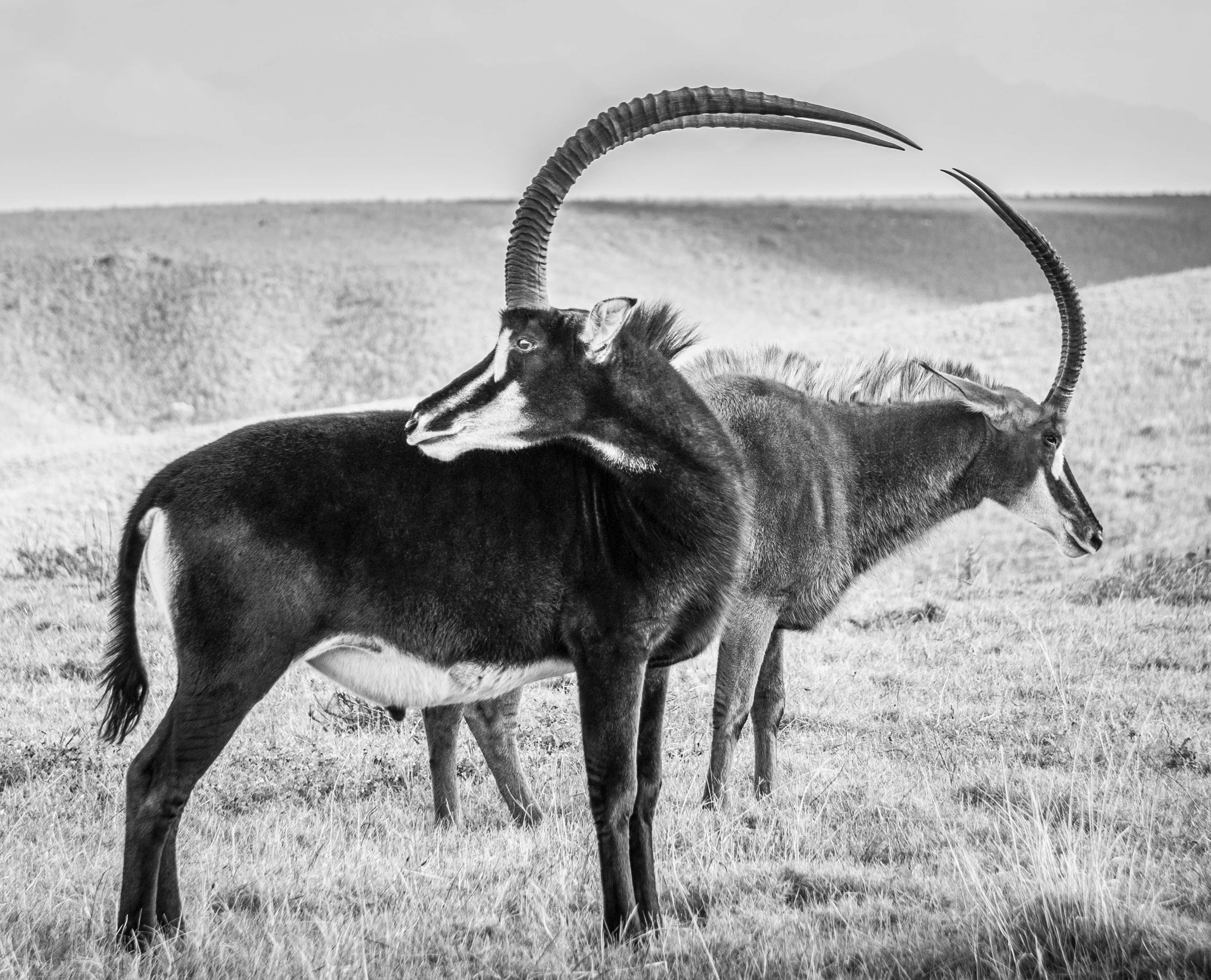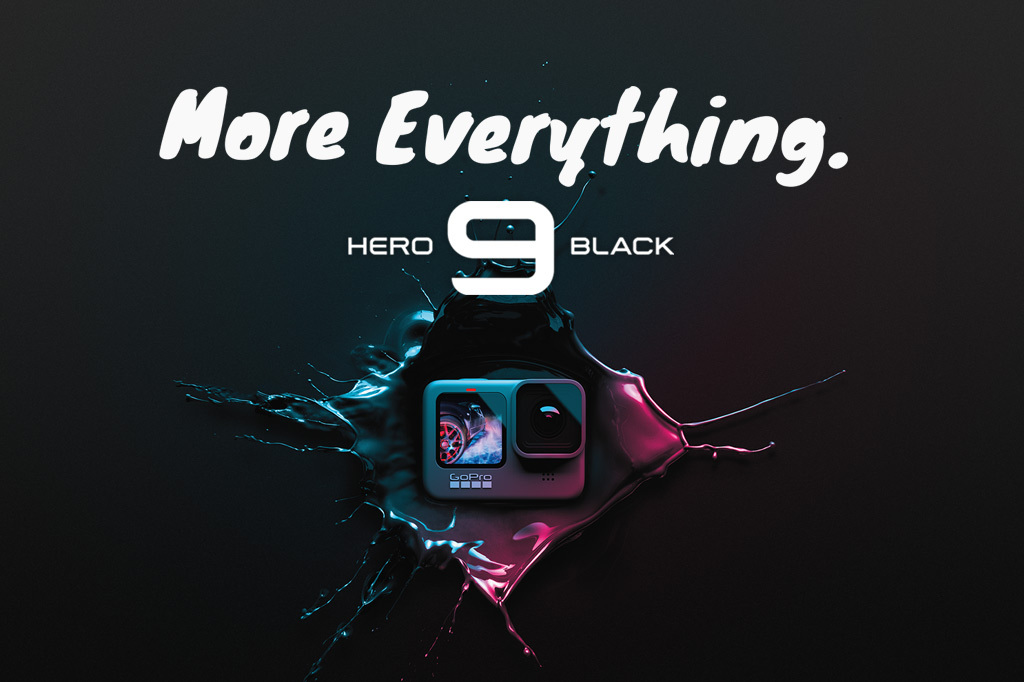Filmmaker and graduate of the Orms Cape Town School of Photography David Nivison recently released his debut documentary, and it an utterly remarkable testament to the power of visual storytelling. Of The Sea takes an intimate look into the impact that commercial overfishing has wrought on the community of fisherfolk who have worked out of Kalk Bay harbour for generations. The sustainability issue affecting our oceans is an urgent worldwide emergency, and this documentary tackles the crisis by focusing its lens on a single main character, an 85-year-old lifelong fisherman by the name of Solly Solomon.
Following the first public screening of his documentary, we connected with David to dig into everything he learned through the production of this short film. In this interview, David shares the most vital things new filmmakers should think about when crafting their documentary, and how we can employ these pre-production and production techniques to tell powerful stories about topics that truly matter.
You can discover more of David’s incredible films and audiovisual work on his Vimeo account. If you would like a peek behind the curtain to get more insight into his production process and see some of his stills photography, you can follow him on Instagram.
Tell us about your creative origin story. How did you get into filmmaking and where did this passion come from? How did it evolve from its beginnings to you deciding you wanted to start shooting documentaries?
So there’s definitely a bit of film pedigree in my family. My dad was a TV commercials producer and owned a production company during what he would describe as the “golden era” of TV and commercial films in South Africa. I was very aware of film from a young age, but, funnily enough, I only picked up a camera for the first time when I was about 17.
I convinced my parents that we (actually meaning I) needed that Canon 80D as I watched an epic review of it on YouTube by Sam Kolder and thought, “How hard can it be? I’ll just put it in auto and shoot everything in slow-mo and it’ll look “cinematic”, right?”
Wrong. Very wrong. My early videography was pretty terrible, but I loved just picking up the camera and shooting random things. I was used to super low-quality GoPro 2 footage, so everything on the 80D looked amazing to me.
From a young age, I really enjoyed my art. It ended up being my strongest subject in school. I really appreciated visual mediums, so it’s not really surprising that this manifested into film.
There was definitely a keen interest in video, but I needed to hone in on it more. My dad taught me how to use his old location scouting SLR from back in his film days and taught me how to take stills. I think I got a good grasp of composition from that. When shooting a roll of film you only have 36 exposures, so you really have to be deliberate with where you point your camera and how you frame things.
When I left school I actually did a year at UCT studying Property. It goes without saying that that didn’t really work out. I pulled out after a year with the full support and backing of my parents.
It took me a while to find my feet again. I started to use my camera more and more and decided to upskill. I spent hours on YouTube watching Premiere Pro tutorials and learning about camera settings and the best gear to buy. It was pretty daunting at first, but once I got the hang of it I felt a lot more confident with my abilities.
I made a pretty impulsive decision and bought myself a Sony A7 III and a SeaFrogs Underwater Housing. I was pretty set on becoming a surf cinematographer and photographer. To this day it’s still the best purchase I’ve made. The A7 III is such an epic little camera and I’ve really enjoyed shooting with it.
That brought me to the start of 2021 when I decided that filmmaking is what I wanted to do for the rest of my life. I worked on a couple film sets with some really good local DOPs. This was an amazing experience but it made me realise how little I actually knew.
I spent more time deciding what kind of films I enjoyed watching and that really helped me determine my path. I’m a big fan of Swedish filmmaker Maceo Frost. His work really inspires me and I really love his style. He makes really beautiful short narrative documentaries and it was that style of filmmaking that most resonated with me.
I had heard great things about Orms and their cinematography courses, so I signed up for the 6-month part-time course in Video Content Production. During that time I landed a sweet job at a small, young production company in Salt River called Story Culture as a DOP and editor. So that brings us to this present moment!
Your documentary Of The Sea highlights the impact that commercial overfishing off the shores of Cape Town has on the established local community of fishermen. What drew you to this topic, and how did you go about formulating the narrative you wanted to tell?
I knew for this documentary that I wanted a story with a strong human element. I also wanted it to have something to do with the sea as I have a love for the ocean myself. I had thought about doing a surf film, but once I started going over potential storylines and narratives it all seemed very surface level and overdone. I wanted to find something rawer and with a bit more meaning.
My parents had done a guided walking tour of Kalk Bay through the flats where the local fishermen lived and the harbour out of which they worked. They explained the rich history of the fishermen there and how they had originally come as slaves from Java and the Philippines.
This really interested me, so I decided to do a bit more research into the history of the fisherfolk of Kalk Bay. What immediately became apparent to me was the hardships that these fishermen face on a daily basis. There are never-ending battles with the government to receive permits that are a necessity for fishermen to go out to sea and make a living. There’s also the matter of reduced quotas and overfishing which of course take an obvious toll.
The other thing that drew me in was that despite all the hardships that these fishermen faced, there was always an expressed love and affinity for the sea. I often came across the phrase “the sea is in our blood”. This is the narrative that I wanted to portray and tell: this very real conflict between the sea and fishing being the thing that gives these fishermen so much joy, but how it also causes them so much despair. This ultimately led me to want to shine a light on this topic. The story was there, but now I needed to find the right character.
Run us through everything that went into making this documentary. Tell the story of its creation from pre-production to production, to crafting the edit itself. What were the challenges, and what were the triumphs?
The first step in pre-production as I mentioned previously was finding the right character: someone who could be a voice for the fishing community of Kalk Bay. I got the contact of a man named Tony Trimmel. I told him about the film and what I needed help with and he was more than happy to assist.
I contacted a few fishermen, but the one who stood out the most was Solly Solomon, an 85-year-old active skipper who has been a fisherman out of Kalk Bay his whole life. I had a brief phone call from there once again explaining my vision and he was on board. I wanted to structure the film around an interview with Solly that would form the dialogue for the documentary and feed the narrative.
The second thing was to get onto his boat and film. In my mind, finding a day to get on the boat would be the hard part as it was weather dependent and I had to manage my time to film this project around my work schedule. It turned out that getting on the boat was the easy part as he goes to sea almost every day and my boss allowed me time to go and film. The hard part was finding the time to conduct and film the interview. It seems weird to say, but I was actually hoping for bad weather so that I could film!
A small patch of big swells and heavy wind finally came into the bay. With the help of my boss, Kyle, I was able to meet Solly at his home in Retreat and film the interview.
I use Milanote for pre-production whenever I plan a project as it’s such an easy and interactive tool. I constructed a basic mood board of shots that I liked from films that I had come across after hours scouring through Vimeo. On top of that, I wrote some pretty basic interview questions and that was about the extent of my pre-production.
In the time between filming on the boat and conducting the interview, I went out on the weekends to film some b-roll that I felt would help supplement the dialogue and push forward the narrative. I shot 95% of this film on a shoulder rig as I wanted that more gritty and real handheld feel. I used the same principle when filming the interview as I wanted the camera to almost be a floating observer in a sense. I aimed to shoot the majority in 25 fps as well for a more real-world feel, only using higher frame rates when I felt it was absolutely necessary.
The final stage of course was the edit. I started by cutting down the interview until I found a clear and concise narrative arc in which I could feed in the b-roll. I wanted to portray an exponential rise in tension so that the film could reach a more effective climax. To do this, I focused a lot on sound design. This was probably my favourite part as it really helped bring life and direction into the edit and made it feel more immersive. I chose to edit in a 2.39:1 sequence as a just thought it would add to the aesthetic. The final stage in the editing process was colour. I wanted a palette with cooler tones to create a bit more of a moodier atmosphere.
The major challenge I found was definitely time management. One day turns to a week, a week turns to a month and when you’re on an already tight timeframe every day adds up. In hindsight, I probably could have planned a bit better and avoided the extra stress. The triumph for me was seeing this project through from start to finish. Just getting pen to paper and completing it was a real win and it has really motivated me to make the next film!
What insights about the pre-production, production and post workflows have you garnered that you can share as tips for first-time time documentary shooters who would like to film and edit a doc in the future?
There are a few key questions and principles that you should be asking yourself and following when planning a documentary that will help give flesh and meaning to your work. I tried to apply these to this project.
- What is the conflict? You have to make sure your story has conflict. What is it that your character wants and what is preventing them from getting that thing? Without conflict, your film can feel very hollow and essentially just become a montage of beautiful footage.
- Who is your character? Having a main character who has a conflict will help your documentary become a story rather than a topic. It’s important to establish who this character is early on in your film.
- Does your character want something? If they do want something, are you making it clear and obvious what they want? If your character doesn’t want anything then you won’t really have a story and you’ll most likely have to find someone new.
- Find a helping hand: Shooting as a one-man band is definitely possible and people do it all the time, but often with great difficulty. Find a small crew of friends, classmates or people you know in the same field that would be keen to help out. Many hands make light work.
- Are you able to show this character’s journey? If you don’t have access to this character then it will be very difficult to show/tell their story. Make absolutely sure beforehand that you have access to them. Building a relationship with this character prior to filming is essential as you want to soak up as much about them as possible so that you know the right questions to ask and the right angle to take. It also helps them become more comfortable in the interview. It was a bit of a blessing in disguise shooting the boat scenes first as I was able to spend a full day on the boat with Solly and his crew getting to know him and getting more insight into his life and journey. I also had a couple phone calls prior with him to by the time I went to his house and did the interview he was relaxed and it flowed really well.
I’d say those would be the key questions to ask when planning film, but you can also ask yourself these through the production process to make sure you’re on track. As far as production goes, I’d say shoot your interview first. From this, you’ll be able to really know your narrative arc and be able to get your b-roll and extra clips according to that. Then for post-production, I’d say the most important thing to know is how you are going to end your film before you start editing. This is a great way to help guide you in the edit and make sure you’re working coherently towards the climax. I didn’t do this when I started editing my film and I got really stuck. I decided that I wanted it to end with Solly speaking about his love for the sea and working backwards from there really helped me.
Two more major tips in my eyes that I’d like to give to people making their first documentary are:
GEAR ISN’T EVERYTHING.
It’s definitely important as visuals. Aesthetic and quality are integral for telling a good story. However, actually having an interesting and cohesive story is far more important. Your camera is essentially just a tool that you use in order to carry out your creative vision.
The second thing is MAKE MISTAKES.
I know it sounds cliché but this is really where you learn the most. Be willing to mistakes and actively search for them. Try different things and if they don’t work, then at least you know. There is a ton of footage I shot for this film that didn’t make it into the final edit, but it’s better to have and not need than to need and not have.
Finally, we are Orms, so of course we have to ask you about your gear! Can you provide a comprehensive list of the gear you used to create this documentary?
I just want to say a huge thanks to my boss for letting me use all of his epic gear for the creation of this documentary. I wouldn’t have been able to produce the body of work that I had envisioned without his help and support.
- Cameras: The main camera body that I used was the Sony A1. It was EPIC. Its crispy image quality and the depth in colour was a real treat. For the underwater shots, I used my Sony A7 III inside a SeaFrogs underwater surf housing.
- Lenses: The lenses I used on the A1 were the Sony G-master 24-70mm f2.8 and the G-master 50mm f1.2.
- Stabilisation: I used a simple shoulder rig from Small Rig to add some stabilisation but also some mobility.
- Drone: DJI Mavic Pro with an ND filter.
- Audio: I used a RØDE VideoMic on the A1 to get all the textured sounds on the boat. For the interview, I used a RØDE NTG 3 connected to a Zoom H6 on a C-stand.
- Lighting: I only used one artificial lighting source for the interview, the Godox UL150 with a softbox.
- Filters: I used an 82mm Hoya Variable ND so that I could shoot wide open whilst on the boat. Then, a NiSi 1/8 black mist diffusion filter to get some more blooming in the highlights for the interview. This was a stylistic choice.
You can watch Of The Sea on David’s Vimeo account.
